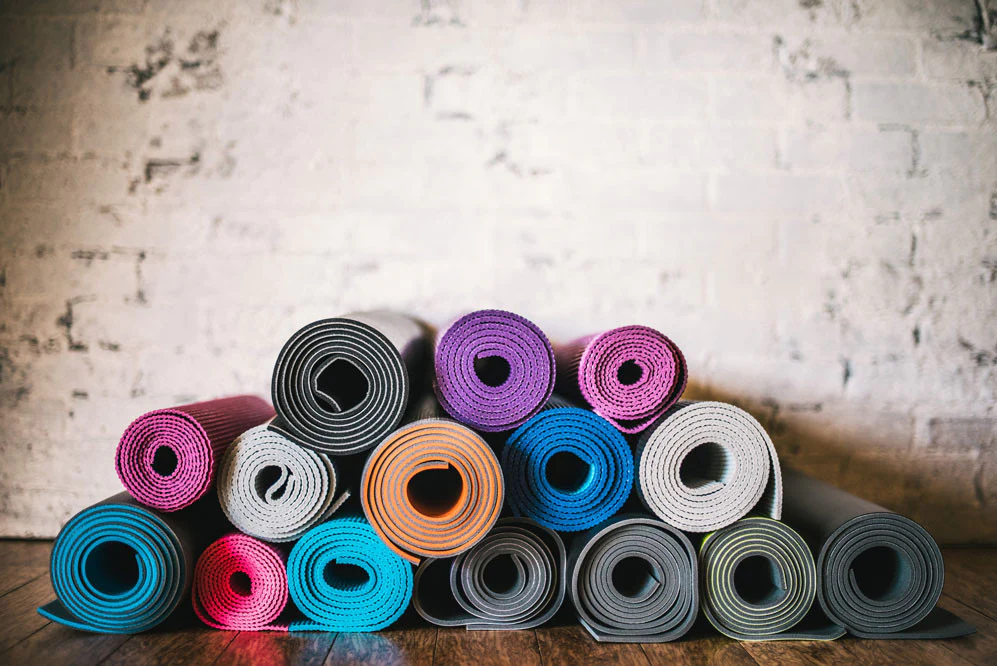
Acne, a familiar foe for many, often provokes frustration with its persistent nature. Recently, a novel technique has emerged, offering a ray of hope in this ongoing battle: Blue Light Therapy. If you’ve ever wondered how this innovation works, this guide illuminates the ins and outs of blue light therapy for acne.
Understanding Acne
Acne – it’s a word that almost everyone is familiar with. However, our understanding of this skin condition often only scratches the surface. Caused by the overproduction of oil and buildup of dead skin cells in hair follicles, acne types range from blackheads and whiteheads to more severe forms like nodules and cysts.
Over the years, we’ve seen a myriad of acne treatments, from creams and ointments to oral medications. While effective to an extent, they come with their own set of drawbacks such as skin irritation, dryness, and in some cases, severe side effects. Enter BLT, a technique that promises a gentler approach to battling acne.
The Science of Blue Light Therapy
Unpacking its mechanism is a fascinating journey into the realm of medical technology and our skin’s biological processes. This innovative technique hinges on the therapeutic use of light waves in the blue spectrum, holding great promise for acne treatment.
How Blue Light Therapy Works
It operates on a simple, yet effective principle. The technique targets the bacteria primarily responsible for acne outbreaks, scientifically known as Propionibacterium acnes or P. acnes. These microscopic culprits, lurking in our skin’s oil glands and hair follicles, can cause inflammation and the subsequent formation of acne when they multiply.
The key here is that P. acnes bacteria produce a type of molecule called porphyrins. When these porphyrins are exposed to certain wavelengths of light, specifically within the blue spectrum (around 400-470 nanometers), they produce free radicals that destroy the bacteria.
Here’s where the device comes into play. The device emits this specific range of blue light, which penetrates the skin and reaches the P. acnes bacteria. The exposure to the blue light prompts the porphyrins to kill the bacteria from within, ultimately reducing acne inflammation.
Efficacy and Safety of Blue Light Therapy
As for the efficacy of BLT, numerous clinical studies vouch for its effectiveness. Research indicates that this can significantly reduce acne severity in people with mild to moderate acne, and results are often noticeable within two to four weeks of consistent treatment.
Safety-wise, blue light therapy outshines many traditional acne treatments. It is a non-invasive and painless procedure. It doesn’t involve any needles, cuts, or medications, thus avoiding systemic side effects. The treatment’s side effects, if any, are usually mild and short-lived. Some people may experience temporary skin redness and dryness, but these tend to resolve on their own.
However, it’s important to note that its use should be a part of a comprehensive skincare regimen for best results. It’s not a one-and-done solution but rather a component of an ongoing, holistic approach to managing acne. Always consult with a healthcare professional before starting any new acne treatment, including blue light therapy.
Undergoing Blue Light Therapy
Prior to undergoing a session, certain steps should be undertaken. It’s crucial to cleanse your skin to remove oil and makeup, ensuring the therapy’s maximum effectiveness. Keep in mind, however, that direct sun exposure before the session is discouraged. During a typical session, you will be exposed to blue light for about 15-20 minutes. For best results, sessions are often suggested twice a week over several weeks. With the advent of at-home blue light therapy devices, performing these sessions at your convenience has become possible.
Post-therapy care is as vital as the procedure itself. Hydrating your skin and avoiding direct sun exposure is essential in the first few days following treatment. Regular use of sunscreens is also highly recommended. Consistent skin care routines, coupled with occasional blue light therapy sessions, could help maintain your newfound skin health.
Blue Light Therapy in the Broader Context of Acne Treatments
BLT distinguishes itself not only as an effective standalone treatment for acne but also as a beneficial supplement to existing skincare regimens and acne treatments. One of its remarkable characteristics is its compatibility with a wide variety of other skincare procedures and routines. Whether your regimen involves traditional topical creams or oral medications, blue light therapy can usually be safely integrated.
In some cases, it has been shown to enhance the effectiveness of certain treatments. For example, it can complement topical treatments by helping to clear the bacteria that these treatments target, thereby accelerating the healing process. Similarly, if you’re using oral medication, it can provide a surface-level treatment, while the medication works systemically to reduce acne.
Moreover, the advent of at-home blue light therapy devices has made it possible to integrate this treatment into your daily or weekly skincare routine with ease. These devices are user-friendly and come with instructions to ensure you can perform the therapy effectively.
Comparing Blue Light Therapy with Other Acne Treatments
When considering this therapy, it’s essential to understand how it stands against other acne treatments. Unlike some treatments such as strong oral medications, blue light therapy is non-invasive and typically has fewer side effects. The most common side effects include temporary redness and dryness, which often resolve in a short period.
However, it’s important to note that while this is effective for mild to moderate acne, it might not be as potent against severe forms of acne, like nodules and cysts. These conditions often require more intensive treatments.
The pursuit of clear, acne-free skin is a journey, and this could be a valuable ally along the way. While it offers several advantages, remember to consult a skin care professional before incorporating any new treatments into your routine. Be it an at-home blue light therapy device or professional sessions, blue light therapy is here to shine a light on the path to healthier skin.


